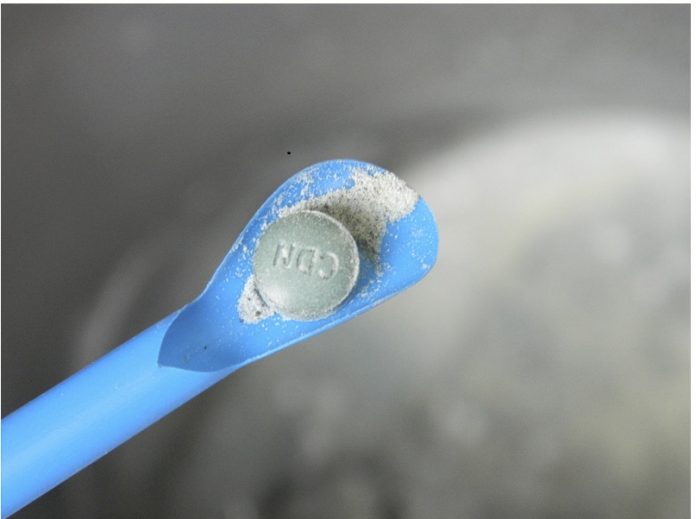Insp. Jason Stonechild says there is a risk in Prince Albert, as city’s drugs often originate in bigger cities like Saskatoon
A pair of overdose deaths in Saskatoon over the weekend from cocaine tainted with fentanyl serve as a stark reminder of the dangers of the deadly street drug.
With deaths so close to home – just down the road in Saskatoon – there is a real risk those drugs may have also made their way to Prince Albert, the police force says.
“There’s absolutely a risk,” said Insp. Jason Stonechild of the P.A. city police. “The drug trade, they’re closely linked.”
Drugs, especially opiates such as fentanyl, originate from the west coast and make their way east.
“The Saskatoon market and the drug society, they’re close to Prince Albert, and often we can trace a lot of our drugs back to Saskatoon, in addition to other cities,” he said.
“We definitely have a drug supply here in Prince Albert that is from Saskatoon. It is a concern for security. It absolutely is concerning.”
So far, there have been a few isolated incidents where people have been found with a personal supply of fentanyl, but there has not been a case in Prince Albert to the point where a large or a deadly supply has been discovered.
Stonechild said he knows for certain of a few incidents in 2017 and one so far this year where small amounts of the deadly drug were found.
The police force has long prepared for the drug’s arrival. When fentanyl first made headlines a few years ago with a spate of deadly overdoses, forces from across Canada began training and leading public education campaigns about the dangers of fentanyl.
“Our preparation came with training and educating the public and police members, and providing safety policies and procedures,” Stonechild said.
“We provided kits like naloxone kits and training so that our officers are protected as well, and so they have the ability to protect people they encounter on the street who are potentially experiencing an overdose.”
Prince Albert police also abide by the Good Samaritan legislation introduced at the federal level. The legislation directed police nationwide to exercise discretion when it comes to prosecuting drug-related offences. It was found that people who were with someone overdosing wouldn’t call for help because they were afraid of being prosecuted for drug offences. The new law allows officers to use discretion and not charge people if they call to save someone’s life.
Over the weekend when the police became aware of the tainted cocaine, they instituted a drug amnesty program, where people could turn in their drugs without fear of prosecution. The Prince Albert police are exploring that option right now, and could have an announcement on a similar program as early as the end of this week.
“If we do want to do an amnesty program, it’s going to be similar to the Good Samaritan law and encompass not only those cases, but hopefully cases where people with drugs where they’re not confident with the sourcing, or they’re afraid to use them, they could call us and we will attend and use discretion to safely remove those drugs from the street,” Stonechild said.
Even outside of amnesty programs, he said P.A. officers always use discretion when dealing with cases involving drugs.
Beyond that, the deadly fentanyl overdoses in Saskatoon haven’t had an effect on the day-to-day operations at police headquarters, but they have served as a real reminder as to what the drug can do to someone.
“It definitely reinvigorates the awareness for frontline officers and the public. Sometimes, when things become a hot topic, which fentanyl did a while back, we educate the public and people become aware, and then it dies down over time,” Stonechild said.
“This is a very close-to-home reminder that fentanyl is a threat to public safety. It is on our streets, our kids could potentially be exposed to it. It’s something that parents, police, public and users have to be aware of. It really reminds us to use caution and safety, and support proactive initiatives to try to reduce that threat to the public.”


